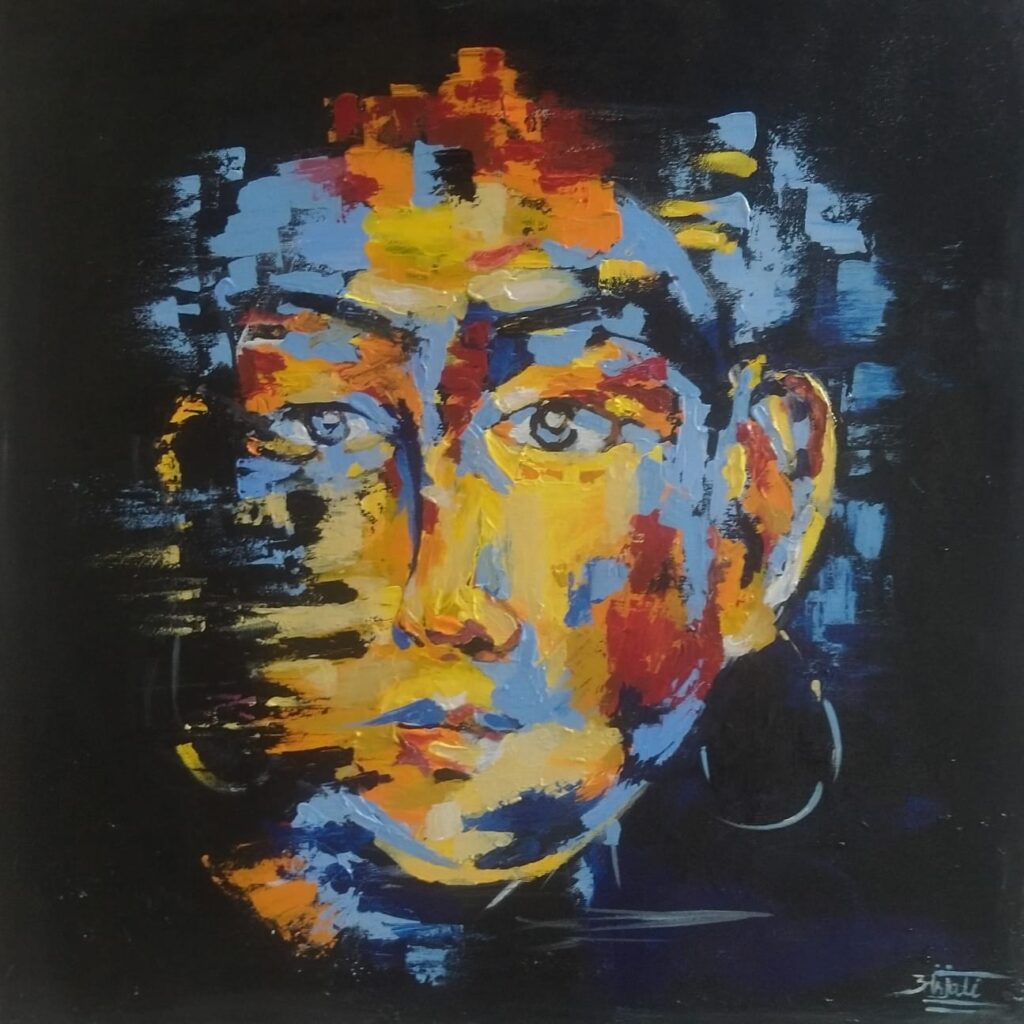Art has always been a mirror reflecting the depth of human creativity and expression. Among its various forms, abstract art stands out as a canvas where imagination knows no boundaries, and the artist’s soul dances freely in vibrant strokes and colours. In this exploration of abstract art, we’ll delve into its origins, elements, symbolism, and its harmonious connection with music and the geometric art community.


The Roots of “Abstract”:
The term “abstract” itself is fascinating. It stems from the Latin word “abstrahere,” which means “to pull away from” or “to detach.” Abstract art is indeed a detachment from the literal and the non-literal. It’s a journey of non-representational, where the artist lets go of the need to depict reality and instead invites the viewer to jump on a journey of interpretation and emotion.


Where to Find Abstract Art:
Abstract art knows no geographical or cultural boundaries. You can encounter it in art galleries, museums, and even public spaces. It enhance canvases, walls, sculptures, and various forms of mixed media. Its presence can be found in contemporary urban environment, as well as within the confines of traditional art institutions.
Abstract art is a playground of elements that captivate the senses. Here are some key components:
- Colour: Colours in abstract art are not mere pigments; they are emotions. Each tone evokes a different feeling, and their combinations create a symphony of sensations.
- Shapes and Forms: Abstract artists often use geometric shapes, organic forms, or completely non-representational elements. These shapes can symbolize various concepts or emotions. Pleased colours such as scarlet & Gold can evoke feeling of enthusiasm and dedication.
- Texture: Texture adds depth and tangible qualities to abstract art. It invites viewers to not only see but also feel the artwork.
- Lines: Lines can be bold, dynamic, chaotic, or delicate. They guide the viewer’s eye and can convey a sense of movement or stillness.

Stories and Symbolism in Abstract Art:
One of the most drawn aspects of abstract art is its storytelling capability without the use of recognizable objects or scenes. Instead, art tells stories through emotions, energies, and the artist’s inner world. It allows the viewer to become a co-creator of meaning, as interpretations can vary widely. What may appear as a splash of colour to one person could be a tumultuous ocean to another.


Music in the Abstract Community:
The connection between music and this art form is profound. Both forms are non-verbal expressions of human emotion. Just as a composer weaves melodies and rhythms to evoke feelings, an artist uses colours and shapes to create a visual symphony. Artists like Wassily Kandinsky explored the parallels between art and music, believing that colours and forms could be translated into musical notes and harmonies.

Similarities with Geometric Art:
While abstract art can enclose a wide range of forms, it often shares common ground with geometric art. Geometric abstraction focuses on precise shapes, lines, and patterns. The two art forms share an emphasis on structure, balance, and the interplay of shapes. However, art can also venture into the realms of the organic and spontaneous, setting it apart from the rigidity of geometric art.


In conclusion, abstract art is a evidence to the limitless power of human imagination and expression. It transcends boundaries, tells stories in the language of emotion, and invites viewers to participate actively in its creation. It’s a canvas where colours and shapes dance to the rhythm of the soul, and where the viewer becomes a co-author in the symphony of interpretation.








Abstract Art is always fascinating loved all the artworks.
Thank you for taking the time to read our blog. We hope you enjoyed it.
Pingback: The Power of Visual Art: A Window to the Soul - The haat of art
Pingback: How Art Transforms Spaces: Elevating Surroundings - The haat of art
Pingback: A Therapeutic Journey: The Healing Power of Art - The haat of art